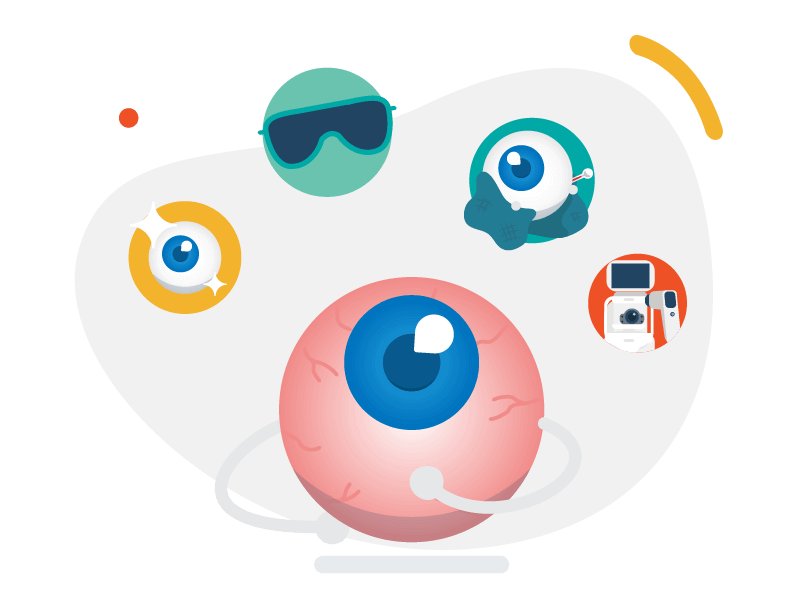According to a recent study, people who spend more than 2 hours a day on digital devices are 2.5 times more likely to develop dry eye. This statistic is driving the increased incidence of dry eye since the average American spends over 6 hours a day on digital devices.
What is dry eye?
Dry eye is a common condition that affects millions of people worldwide. It occurs when the eyes do not produce enough tears or when the tears evaporate too quickly. This can cause discomfort, redness, and even vision problems. One of the most significant contributors to dry eye is prolonged screen time. With the increasing use of digital devices, more people are experiencing dry eye symptoms than ever before. In this article, we will discuss the impact of screen time on dry eye and tips for prevention.
What is the impact of screen time on dry eye?
Prolonged use of cellphones, tablets, computers, and TV’s can lead to increased discomfort and dry eye due to the following reasons:
Digital devices cause us to blink less frequently
Prolonged use of digital devices can cause the eyes to blink less frequently, leading to a decrease in tear production.
Digital devices decrease the fullness of our blinks
When we use digital devices we tend to blink less fully, which then leads to our eyes not getting the required amount of tears lubricating the surface of our eyes.
Blue light exposure may exacerbate dry eye symptoms
There is no scientific consensus on the long term impact of blue light on our eyes and dry eye. What we do know is that screens increase our exposure to High Energy blue light. In the visible spectrum, short-wave blue light with wavelength between 415 nm and 455 nm has been cited in studies as being closely related to eye light damage. This high energy blue light passes through the cornea and lens to the retina which may exacerbate symptoms of dry eye and inflammation. Due to the relative small amount of blue light exposure in digital devices it is hard to show a direct impact on eye health in the short term, however caution may be warranted as we currently lack long term studies on the impact of exposure.
Digital eye strain and eye fatigue
Staring at a screen for extended periods can lead to eye strain, fatigue, and headaches, which can exacerbate dry eye symptoms. Viewing a digital device for extended periods of time places an unusual amount of stress on our visual system, this can cause a variety of symptoms which the American Optometric Association labels as Computer Vision Syndrome or Digital Eye Strain.
Digital eye strain may be caused by a variety of factors including:
These symptoms may be caused by:
- Poor lighting
- Glare from a digital screen
- Improper or irregular viewing distances.
- Poor seating posture or poor angle of the digital device
- Uncorrected vision problems which are stressed by the demands of a digital device
What can be done to prevent dry eyes caused by too much screen time?
- One of the most effective ways to prevent digital eye strain or computer vision syndrome which exacerbates dry eye symptoms is to take frequent breaks.
- It's also important to adjust the settings on your digital devices to reduce the amount of blue light they emit. Many devices have a "night mode" or "blue light filter" that can be activated. This can help reduce inflammation and improve sleep quality. If you are concerned about blue light we encourage you to speak with our optometrist about the options for filtering out blue light such as special lens coatings.
- Another tip is to make sure to blink frequently while using digital devices. Blinking not only helps to lubricate the eyes but also helps prevent the eyes from drying out.
- Practice full blinks so that your eyes are getting the proper lubrication.
- It's important to stay hydrated. Drinking plenty of water can help keep the eyes moist and reduce dryness.
- Schedule a dry eye evaluation to assess the root causes of your dry eye symptoms and receive guidance on the steps that you can take to ensure eye health and comfort.
Take our online dry eye assessment
Take our dry eye assessment to see if your symptoms indicate that you are suffering from treatable dry eye disease
Dry Eye Quiz









